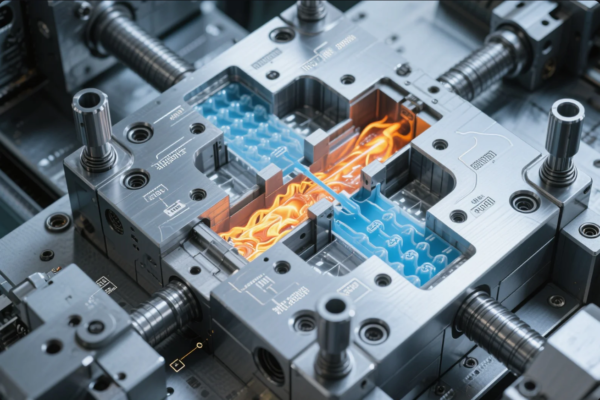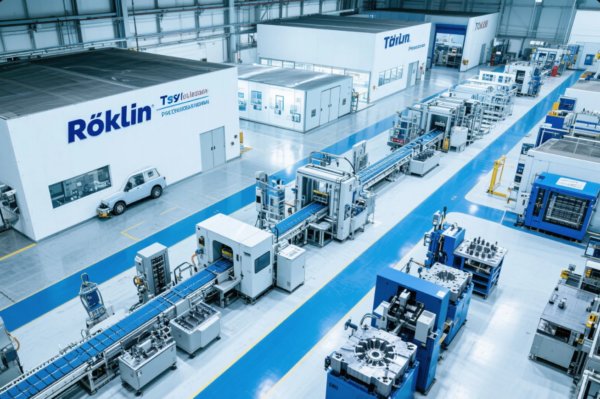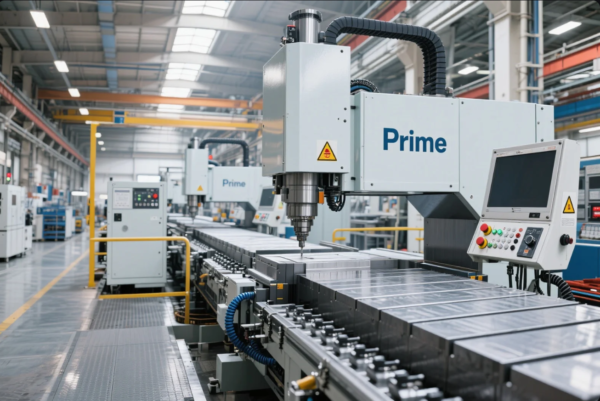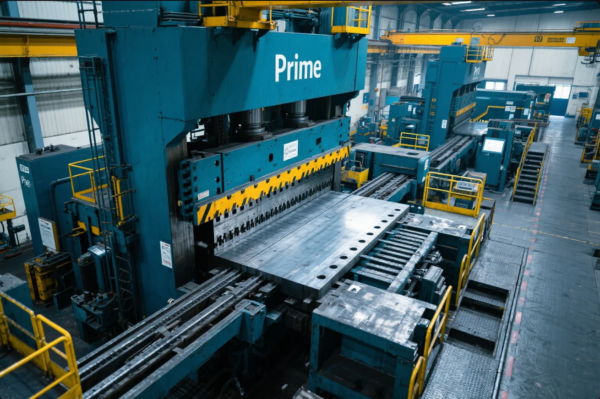What Happens When You Burn Magnesium Metal?

Magnesium burns fast and bright, but the real chemical changes are even more fascinating.
When burned, magnesium reacts with oxygen, creating intense white light and forming magnesium oxide.
Stay with me to learn the science, effects, and safety concerns around burning magnesium.
What happens if you burn magnesium metal?
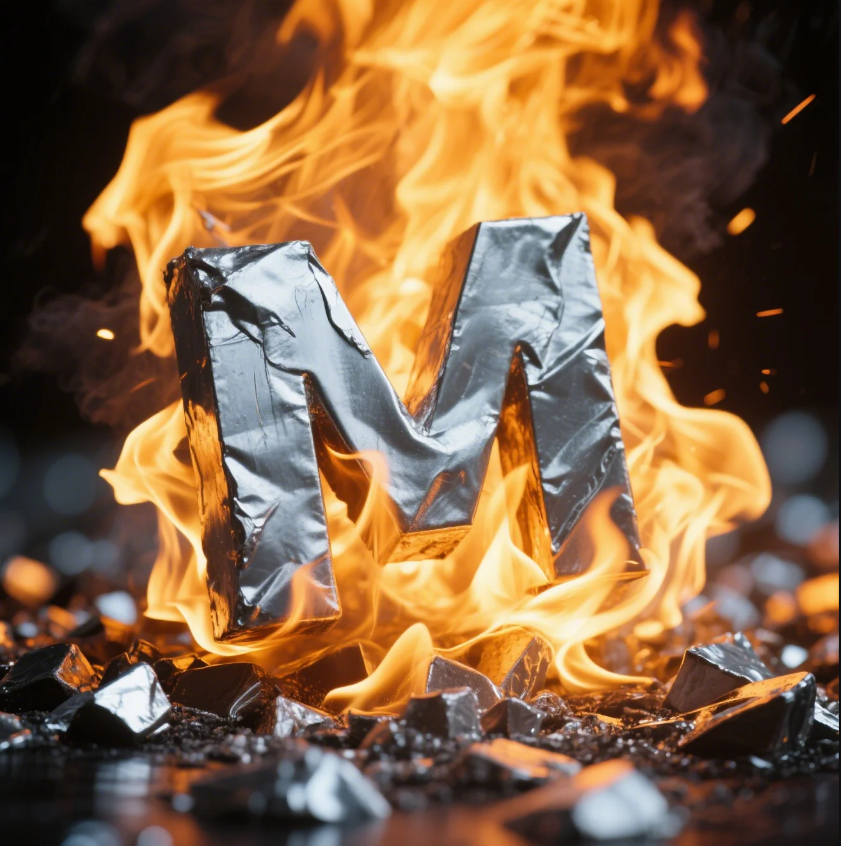
Burning magnesium looks simple, but the reaction is powerful and complex.
When magnesium burns, it reacts rapidly with oxygen, releasing intense heat and producing magnesium oxide (MgO).
Breaking down the reaction
When ignited, magnesium’s electrons become highly excited and combine with oxygen atoms in the air. This chemical reaction releases a huge amount of energy.
Reaction formula:
2Mg (s) + O₂ (g) → 2MgO (s) + heat + light
| Property | Result |
|---|---|
| Light emitted | Brilliant white |
| Heat released | Extremely high (~3,100°C) |
| Final product | White powdery magnesium oxide |
At Prime, we always consider magnesium’s reactive properties carefully, especially during ISO认证铸造零件厂家流程和后处理,确保产品运输和使用过程中的安全性。
What does magnesium do when burned?

It’s not just about flames — burning magnesium shows some rare properties.
Burned magnesium emits a bright white flame and converts completely into magnesium oxide powder.
More interesting effects:
- UV radiation: The white light contains high levels of UV rays, strong enough to damage eyesight.
- High-temperature tolerance: Magnesium’s burning point is extremely high compared to many metals.
- Oxygen attraction: It even pulls oxygen from compounds like CO₂ during combustion, making regular extinguishers ineffective.
| Effect | Impact |
|---|---|
| Intense brightness | Can blind unprotected eyes |
| Heat generation | Melts nearby metals |
| Oxygen scavenging | Can sustain fire in CO₂ |
During 定制冲压件供应商加工过程中,Prime采用严格防护措施,防止镁部件在高温作业中意外燃烧,确保交付的每一个零件稳定可靠。
What happens if magnesium is ignited?
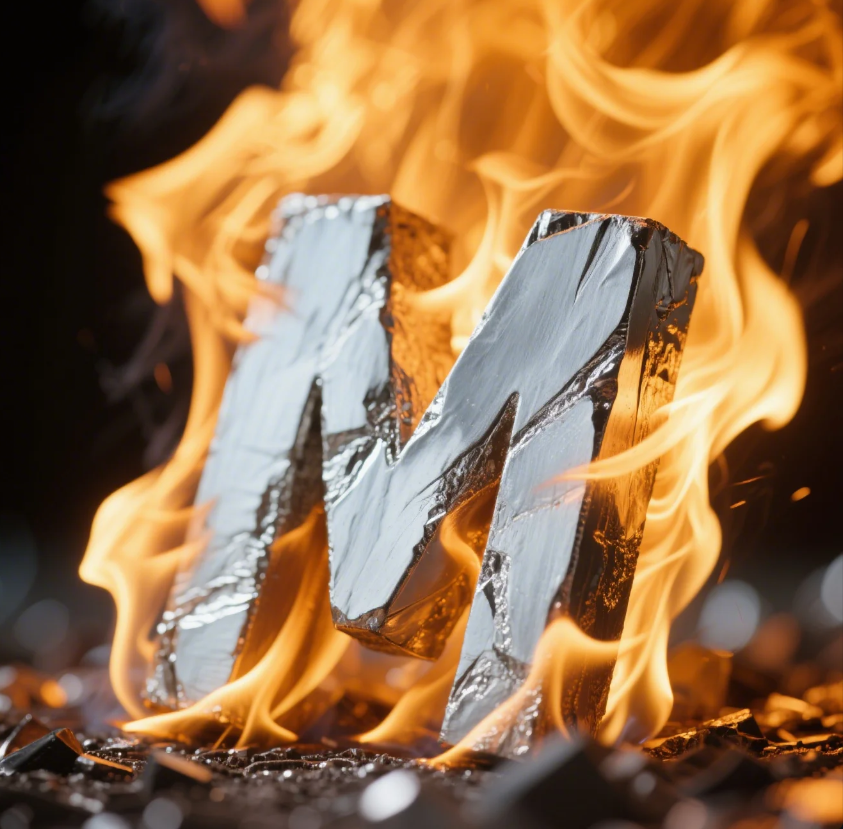
If magnesium catches fire, you’re dealing with more than just a hot flame.
Once ignited, magnesium burns extremely hot and cannot be extinguished with water or regular fire extinguishers.
Handling burning magnesium:
- Never use water: Water reacts with burning magnesium, releasing explosive hydrogen gas.
- Use Class D extinguishers: Specifically designed for metal fires.
- Cover with dry sand: Smothers the fire by cutting off oxygen supply.
| Firefighting Method | Safe for Magnesium Fires? |
|---|---|
| Water | ❌ Danger! |
| CO₂ Extinguisher | ❌ Ineffective |
| Class D Extinguisher | ✅ Yes |
| Dry Sand | ✅ Yes |
Prime’s safety protocols during CNC零件精准加工项目中,包括对所有含镁材料的存储、加工和运输过程进行额外监控,严格防止因局部过热而引发燃烧风险。
Is burning magnesium toxic?
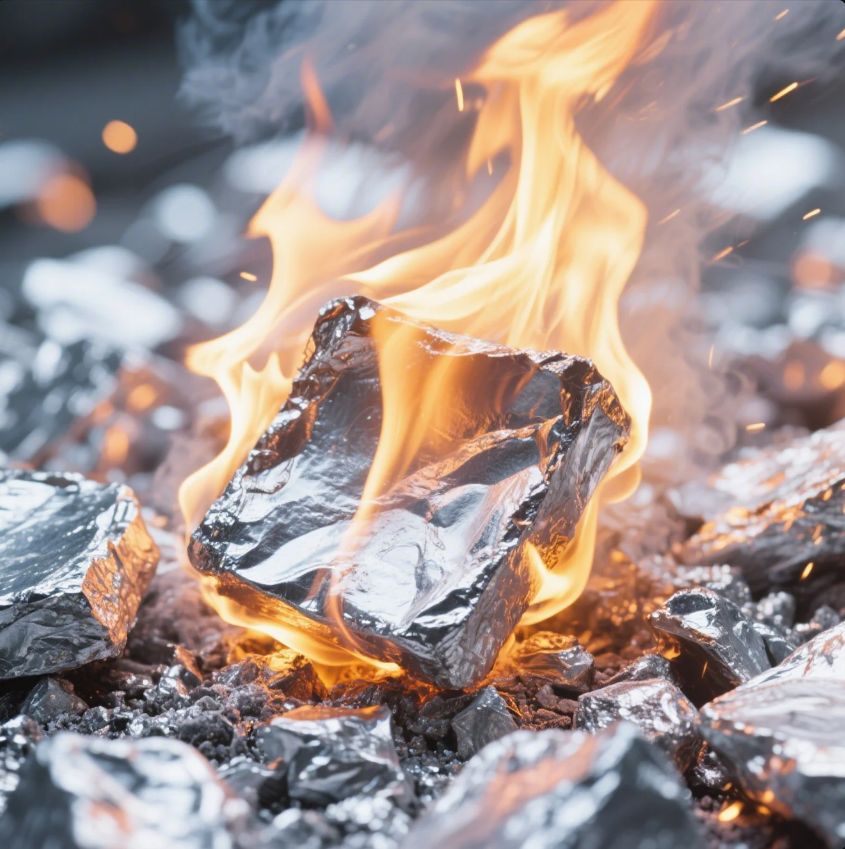
You may wonder — is the smoke or powder from burning magnesium dangerous?
Burning magnesium itself is not highly toxic, but inhaling magnesium oxide fumes can irritate the lungs.
Health risks:
- Magnesium oxide inhalation: Can cause a temporary condition called "metal fume fever," with symptoms like fever, chills, and sore throat.
- Eye exposure to light: Can cause temporary or permanent blindness without proper protection.
| Exposure Type | Risk Level | Mitigation Measures |
|---|---|---|
| Inhalation of MgO fumes | Moderate | Proper ventilation + masks |
| UV light from flames | High | Protective eyewear |
| Skin contact with powder | Low | Basic PPE (gloves, sleeves) |
At Prime, we comply with strict OSHA and ISO safety standards in all welding and casting processes, especially for 出口北美和欧洲市场的镁合金零件,最大程度地保障客户与使用者的安全。
Photo suggestion:
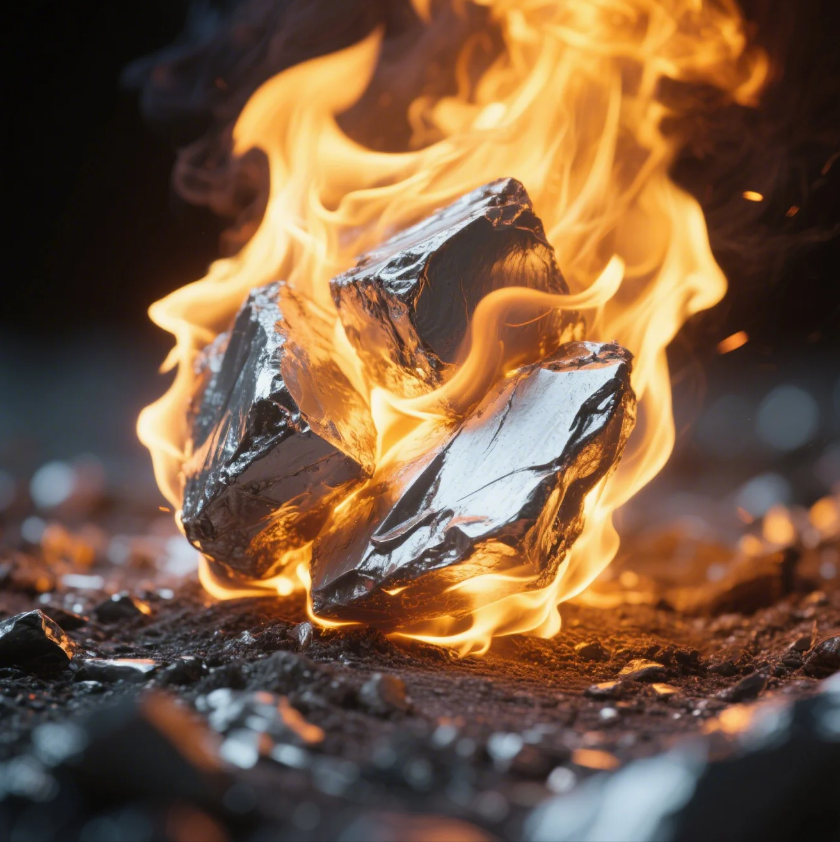
Prime’s fully enclosed magnesium welding workstation with ventilation and UV protection systems
结论
When burned, magnesium emits intense white light, extreme heat, and forms magnesium oxide — proper safety measures are critical.
Need reliable magnesium parts with full safety and quality assurance? Contact Prime today! We offer fast delivery, ISO-certified precision processing, and custom solutions — send your inquiry now and get expert support for your next industrial project!

